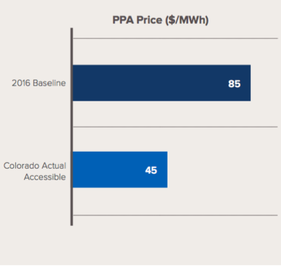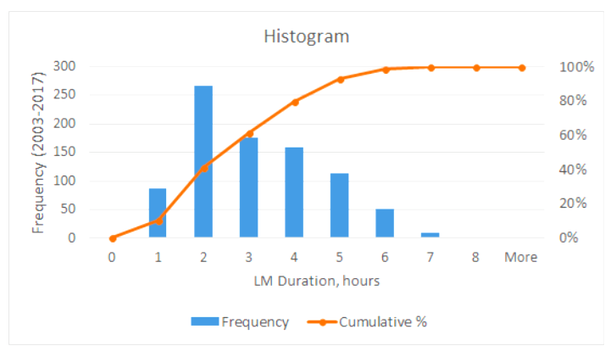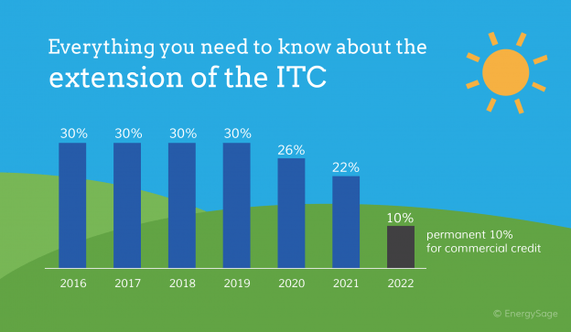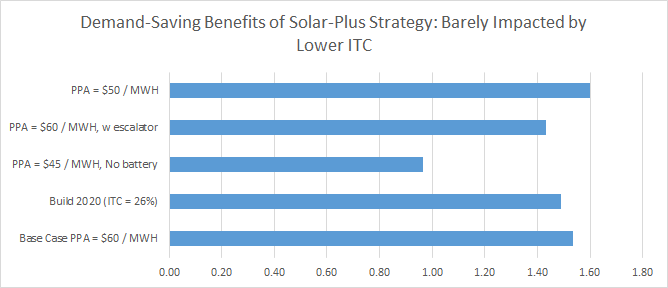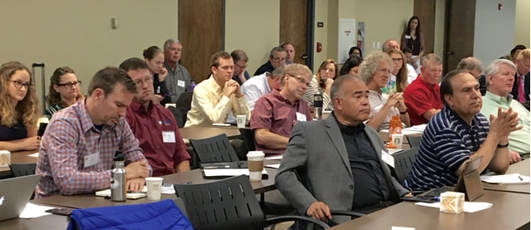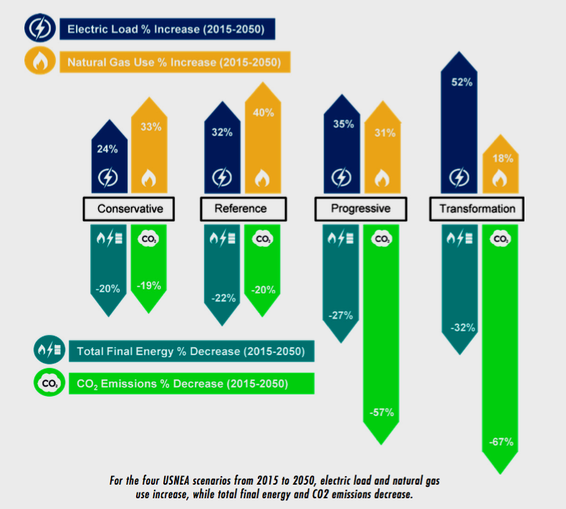Blogs related to our new work are posted under a current Blog link on our main menu. That work includes, Solar-Plus for Electric Co-ops (SPECs), along with work relationships formed through the NREL Solar Energy Innovation Network (SEIN), through the National Community Solar Partnership and our long-standing participation in industry networks.
It is our plan to provide a guide to archived blog topics. Meanwhile, Contact us with any questions related to community-scale solar, storage or load flexibility, especially related to innovations among electric cooperatives and public power utilities. We will freely point you to current and archived resources.




